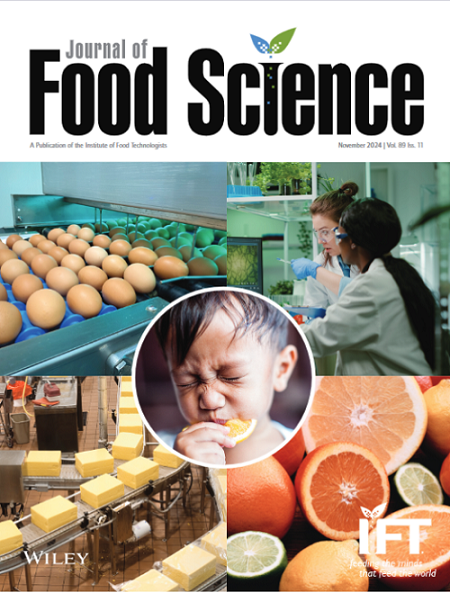Protein Extraction From Agricultural Waste: Effects of the Precipitation Method on the Composition and Physicochemical Properties of Green Leaf Protein Concentrates
Abstract
The increasing population together with decreasing resources and changing consumer habits have caused the diet to shift to plant-based foods, and alternatives to animal protein sources have emerged. As an alternative plant-based food ingredient, leaf protein concentrates (LPCs) were precipitated by heat or acid application to cold-pressed green juices from broccoli, cauliflower, beetroot, and black carrot leaves. Although the precipitation method did not significantly affect protein yield or purity, its effect on protein quality was significant. The presence of RuBisCO protein in LPCs was determined by viewing the molecular weight distribution. The ratio of essential to total amino acids varied between 31.51-42.52%, emphasizing the quality of the proteins. In contrast to the lowest protein recovery, cauliflower LPC had the highest purity and zeta potential, suggesting potential suitability for stable suspensions. Almost all LPCs retained 75‒85% of their initial weight when heated to 250°C, indicating their stability at the temperature range of thermal food processing technologies. While protein recovery from fibrous pulp, the waste of protein extraction from green juice, was around 10% through second pressing with water, enzymatic treatment increased the recovery to almost 60%. The production of value-added leaf protein through upcycling of green leaves is considered to contribute to sustainability and consumer demand.
Practical Applications
Plant-based proteins with significant nutritional and functional properties can be obtained from green leaves of vegetables, which otherwise are not diverted for human consumption. Such a value chain is considered to benefit not only food producers or the final consumers, but the overall sustainability efforts of the food industry.





 求助内容:
求助内容: 应助结果提醒方式:
应助结果提醒方式:


